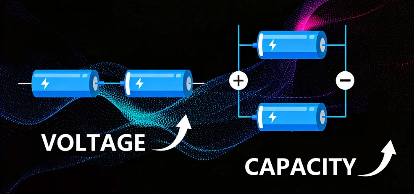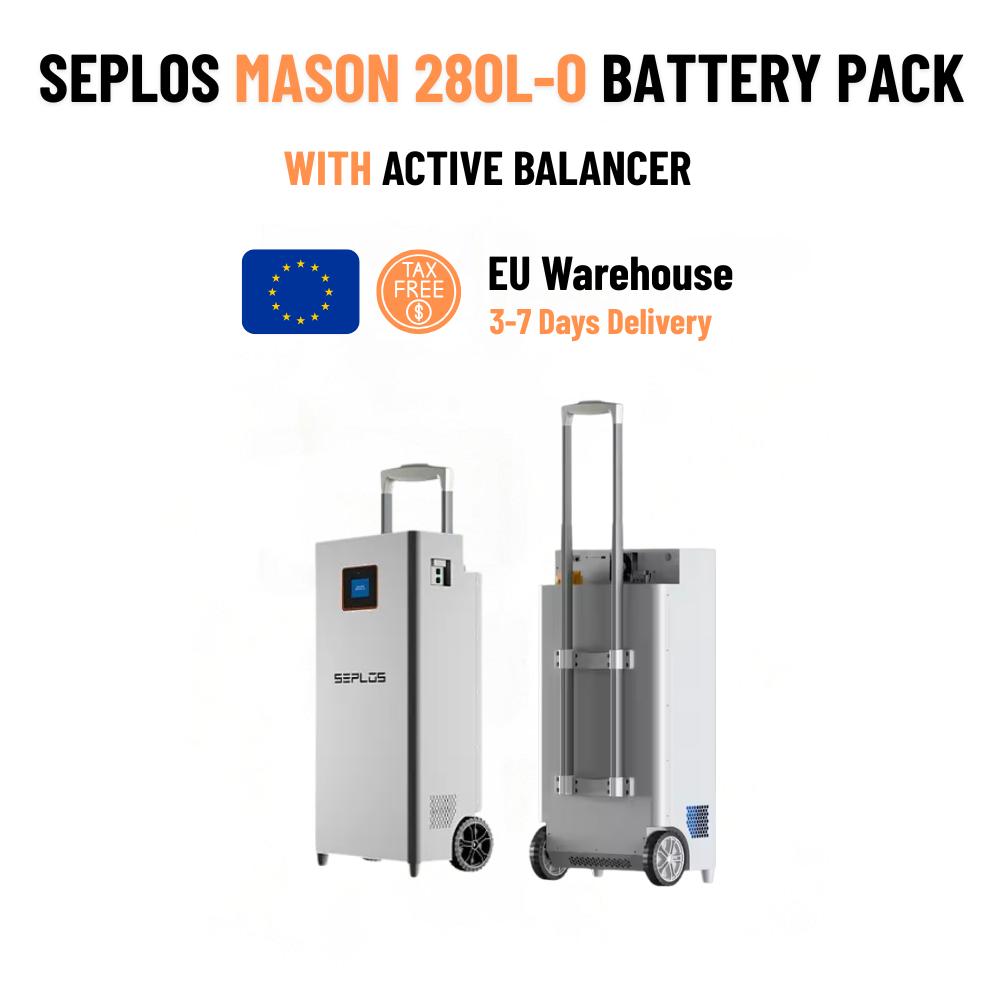
Expandable Energy Storage: Series vs Parallel Battery Guide
Future-Proof Your Power: A Practical Guide to Expandable Energy Storage Systems
Many energy storage owners share a common experience: the system that seemed perfectly sized during installation gradually feels inadequate as energy needs evolve. Whether it's adding electric vehicle charging, expanding home cooling capacity, or adapting to new time-of-use electricity rates, the initial storage solution often requires enhancement. When facing growing energy demands, users typically confront two options: complete system replacement or strategic expansion.
The smarter approach? Building an expandable storage foundation from the start. Modern energy storage systems, particularly those using modular LiFePO4 technology, are designed with scalability in mind. Understanding the principles of series and parallel battery connections unlocks the potential for safe, cost-effective system growth.
Series Connections: Boosting Voltage for Efficiency
Imagine a chain of interconnected components where output flows directly into input—this exemplifies series configuration in energy storage. In practical terms, the positive terminal of one battery connects to the negative terminal of the next, creating a cumulative voltage increase.
Why Voltage Elevation Matters
Higher system voltage enables more efficient power transmission with reduced energy loss, particularly beneficial for:
- Long-distance power transfer within properties
- Compatibility with high-voltage inverters
-
Commercial and industrial applications requiring robust power delivery
Practical Example:
Sixteen 3.2V 100Ah LiFePO4 cells connected in series create a 51.2V 100Ah battery pack (16S1P configuration). The energy capacity remains unchanged, but the elevated voltage improves system efficiency.
Series Configuration Advantages:
- Enhanced energy transfer efficiency
- Optimal performance with high-voltage equipment
-
Streamlined system architecture for large-scale applications
Implementation Considerations:
-
Requires sophisticated Battery Management System (BMS) for cell balancing
-
Dependent on uniform cell performance characteristics
-
Potential performance degradation if individual cells age disproportionately
Parallel Connections: Expanding Energy Capacity
Visualize multiple storage tanks sharing common input and output connections—this represents the parallel connection approach. By linking all positive terminals together and all negative terminals together, systems maintain consistent voltage while accumulating capacity.
Capacity Expansion Benefits
Parallel configurations directly address runtime extension needs, making them ideal for:
-
Residential applications requiring extended backup power
-
Growing small businesses with progressive energy demands
-
Modular system expansion without complete infrastructure overhaul
Practical Example:
Sixteen 3.2V 100Ah LiFePO4 cells connected in parallel create a 3.2V 1600Ah battery bank (1S16P configuration), dramatically increasing energy storage while maintaining operational voltage.
Parallel Configuration Advantages:
-
Incremental expansion capability
-
Modular maintenance and replacement
-
Simplified scalability for residential applications
Implementation Considerations:
-
Requires voltage matching to prevent current surges
-
Demands intelligent charge distribution management
-
Benefits from advanced monitoring systems
Hybrid Systems: Combining Series and Parallel Configurations
Most practical energy storage implementations utilize hybrid approaches that leverage both series and parallel connections. This methodology balances voltage optimization with capacity expansion, creating systems that deliver both efficiency and scalability.
Real-World Implementation:
A typical 48V 200Ah home energy storage system might employ 16 cells in series (achieving 51.2V nominal) with multiple parallel groups (16S2P configuration), delivering both operational efficiency and expanded capacity.
Modern systems increasingly utilize higher-capacity cells (120Ah+) organized into modular blocks that combine series and parallel elements, creating systems that are simultaneously robust, efficient, and expandable.
The Critical Importance of Expandable Design
Consider the typical residential energy progression:
-
Year 1: 5kWh system adequately covers basic needs
-
Year 3: Electric vehicle acquisition adds significant charging demand
-
Year 5: Home expansion or additional appliances increase consumption
Without expansion capability, homeowners face:
-
Compatibility challenges between old and new equipment
-
Safety risks from improvised modification attempts
-
Substantial financial impact from complete system replacement
Commercial and industrial applications face even more significant scalability requirements, where initial 50kWh installations may need to expand to 200kWh+ capacities as operations grow.
Strategic Expansion Planning
Residential Applications:
-
Start with modular systems designed for expansion
-
Plan for 30-50% future capacity growth
-
Ensure electrical infrastructure supports anticipated loads
-
Consider VnicePower's scalable home energy solutions available at https://vnicepower.store/ for seamless future expansion
Commercial/Industrial Applications:
-
Implement modular architecture from initial deployment
-
Design for both capacity and power scalability
-
Incorporate advanced battery management systems
-
Plan for phased investment aligned with business growth
Beyond Technical Specifications: The Human Dimension
Expandable energy storage represents more than electrical engineering—it provides peace of mind and financial predictability. Homeowners gain confidence knowing their investment can adapt to life changes, while business owners secure operational flexibility without catastrophic reinvestment.
The architectural analogy resonates deeply: just as families expand homes room by room rather than rebuilding entirely, modern energy storage should support gradual, planned growth. This approach transforms energy storage from a static purchase into a dynamic asset that evolves with your needs.
Implementation Best Practices
System Design Phase:
-
Select modular components with proven interoperability
-
Verify manufacturer support for expansion protocols
-
Document initial configuration for future reference
-
Plan physical space for additional components
Expansion Execution:
-
Conduct comprehensive system assessment before adding capacity
-
Ensure voltage and capacity matching between existing and new components
-
Implement appropriate safety disconnects and protection devices
-
Validate system performance post-expansion
Ongoing Management:
-
Monitor system balance and performance regularly
-
Maintain consistent maintenance across all system components
-
Document expansion history for future reference
-
Establish relationship with qualified technical support
By embracing expandable energy storage principles, users protect their initial investment while maintaining flexibility for future needs. This strategic approach ensures your energy system grows alongside your ambitions, providing reliable power through every stage of your energy journey.

